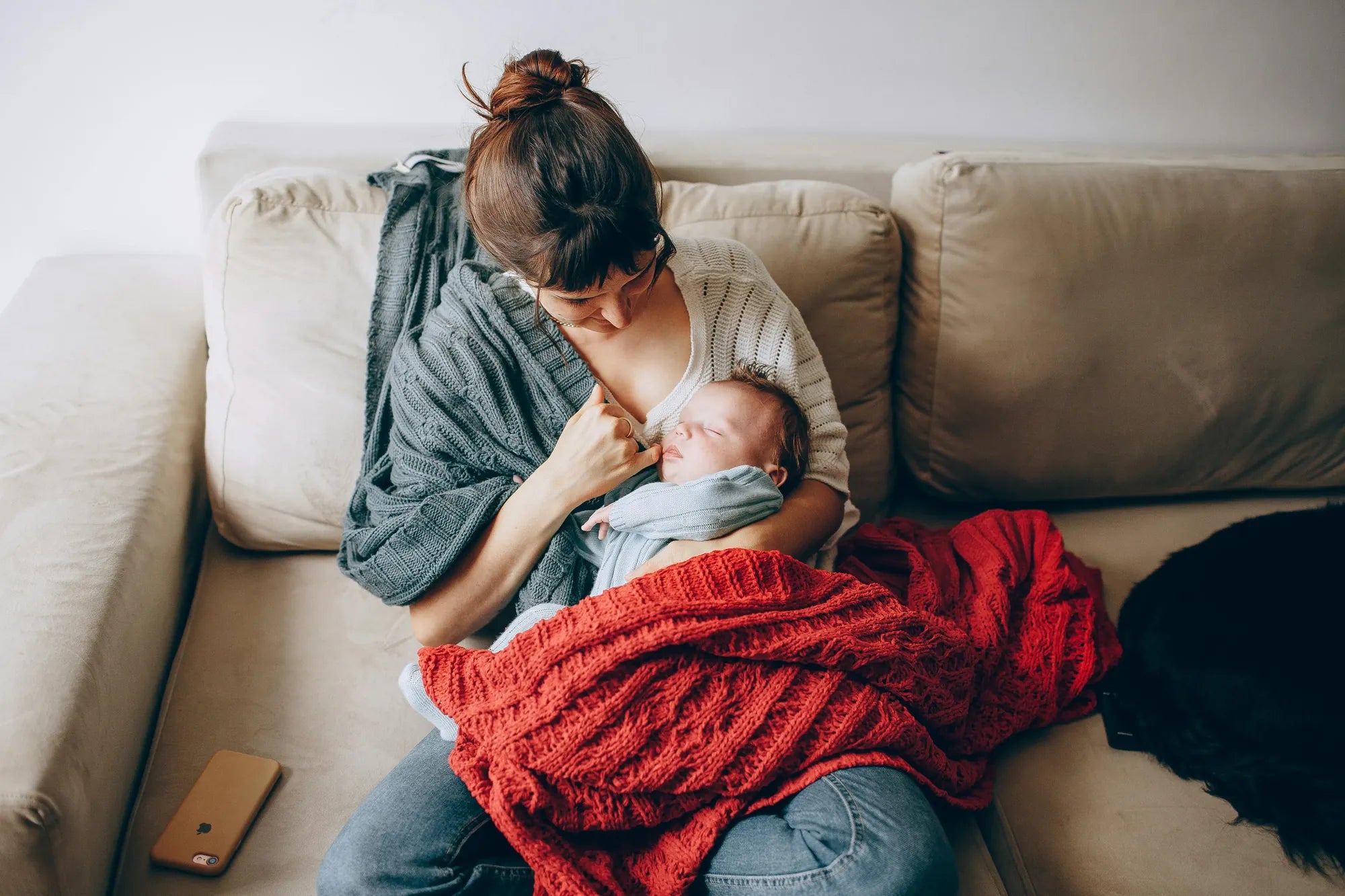Startseite
Pregnancy, Breastfeeding, and Pumping: The Ultimate Guide for Moms
Can You Use Someone Else's Breast Pump? What You Need to Know

Can You Use Someone Else's Breast Pump? What You Need to Know
Breastfeeding is a deeply personal journey, and for many mothers, a breast pump is an essential tool. But what happens when you consider using someone else's breast pump? Is it safe, hygienic, or even legal? This article dives into the critical factors you need to know before making that decision.
Understanding the Basics of Breast Pump Usage
Breast pumps are designed to extract milk from the breasts, making it easier for mothers to store and feed their babies. They come in various types, including manual, electric, and hospital-grade pumps. While they serve the same purpose, not all breast pumps are created equal. The design, functionality, and hygiene standards can vary significantly.
Why Would Someone Consider Using Another Person's Breast Pump?
There are several reasons why a mother might think about using someone else's breast pump. Financial constraints, convenience, or simply borrowing from a friend or family member are common motivations. However, before proceeding, it's crucial to weigh the potential risks and benefits.
The Hygiene Concerns of Sharing a Breast Pump
One of the most significant concerns when using someone else's breast pump is hygiene. Breast pumps come into direct contact with breast milk, which can carry bacteria or viruses. Even with thorough cleaning, it's challenging to ensure that every part of the pump is entirely sanitized. Cross-contamination could pose a risk to both the mother and the baby.
Health Risks Associated with Shared Breast Pumps
Using a shared breast pump can expose you to health risks such as infections or the transmission of diseases. Certain parts of the pump, like the tubing or valves, can harbor bacteria that are difficult to remove. Additionally, if the previous user had a medical condition, there's a possibility of transferring pathogens.
Legal and Regulatory Considerations
From a legal standpoint, sharing breast pumps can be a gray area. Many manufacturers explicitly state that their pumps are for single-user use only. Using a pump that's not intended for multiple users could void warranties or even violate health regulations. It's essential to check the guidelines provided by the manufacturer and consult with a healthcare professional.
Alternative Solutions to Consider
If purchasing a new breast pump isn't feasible, there are alternatives to consider. Renting a hospital-grade pump, exploring second-hand options with replaceable parts, or seeking assistance from community programs are viable options. These alternatives can provide a safer and more hygienic solution than sharing a pump.
How to Properly Clean and Sanitize a Breast Pump
If you decide to use someone else's breast pump, proper cleaning and sanitization are non-negotiable. Disassemble the pump completely and wash each part with hot, soapy water. Use a sterilizer or boil the parts to ensure they're free from bacteria. However, keep in mind that even with thorough cleaning, some risks may still remain.
The Importance of Personal Comfort and Safety
Ultimately, the decision to use someone else's breast pump comes down to personal comfort and safety. Every mother's situation is unique, and what works for one may not work for another. Prioritize your health and your baby's well-being when making this choice.
Breastfeeding is a beautiful and nurturing experience, but it's essential to make informed decisions about the tools you use. While using someone else's breast pump might seem like a quick fix, the potential risks often outweigh the benefits. Explore safer alternatives and consult with healthcare professionals to ensure you're making the best choice for you and your baby.
Teilen


